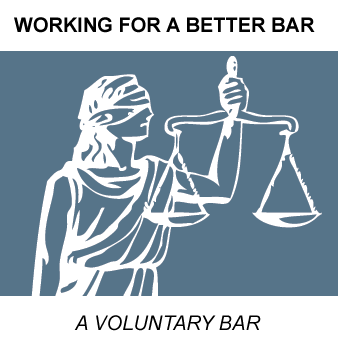by Brian Symes
The Franklin Institute recently put on a seminar in Phoenix, Arizona, to educate bloggers about school choice. Traditional public schools continue to go downhill even as the amount spent on them increases. In Arizona, 45 percent of the state’s budget goes to education, and there are never any cuts in spending, despite the misleading hype otherwise. This is unsustainable and evidence the system is not working.
Enter school choice. There are more charter schools and private schools than ever today, and many of them are surpassing the traditional public schools, providing a better education for poor and minority children in particular, who have been less likely in the past to be able to afford such options. However, in order for them to access these alternative schools, they need to be able to transfer the money that would have paid for their traditional education to these new schools. Otherwise, the right to choose is illusory, since their parents lack the financial means. Sadly, these students are facing roadblocks around the country, as powerful teachers unions fight back using the legal system to prevent the students from leaving the failing public schools.
Tim Keller, managing attorney for the Institute for Justice in Phoenix, relayed the history of school choice litigation. Much of it involves state constitutional challenges. Originally, the legal battles were fought over the U.S. Constitution, particularly allegations of church and state violations. The Institute for Justice successfully won two battles in the U.S. Supreme Court over that challenge, defending school vouchers in Milwaukee in 1998 and then Cleveland’s voucher system in 2002. The high court held that as long as a school is neutral toward religion, and parents have a genuine choice where to enroll their children, vouchers pass constitutional muster.
Interestingly, some religious schools have changed over time and are only nominally religious now. Anti-Catholic bigotry toward school choice in years past has dissipated in part because of this demographic trend.
In recent years, legal challenges have been made to school choice claiming it violates the Blaine amendments of state constitutions. Blaine amendments prohibit government funds for sectarian (religious) schools. So far, the Institute for Justice has prevailed on these challenges, because the money doesn’t go directly to a religious school. Instead, it operates more like food stamps or health insurance; each parent gets to decide where to allocate their child’s money.
Opponents of school choice have also launched legal challenges claiming that the education clauses in most state constitutions which require the state to create and fund public schools mean the state must exclusively fund only traditional public schools. In reality, Keller says, the education clauses operate as just a baseline; a state can create more options on top of it.
School choice opponents have also challenged the legislation on “Mickey Mouse” grounds – a catchall phrase for anything they can think of. These include local control provisions and single-subject rules. NEA General Counsel Bob Chanin once said he intended to challenge school choice everywhere on these grounds. Fortunately, he retired in 2009.
There have been a couple of setbacks in the state battles. Ironically, they have both come from the states known for having the most school choice. An Arizona court struck down Arizona’s voucher system in 2009, claiming it directed money to religious schools, violating the state constitution. Educational savings accounts were formed to replace the vouchers, and have withstood constitutional challenges. The Florida Supreme Court struck down a proposed voucher system in 2006, claiming it would violate the state constitution’s education clause. But school choice lives on there, also through ESAs.
ESAs are proving to be the way to withstand legal challenges instead of vouchers, because the money isn’t going directly to an alternative school, but to the parent first, who then directs it to a school of their choice or to education related products and services. When the Institute of Justice was litigating this in Arizona, left-leaning Arizona Supreme Court Justice Andrew Hurwitz asked union lawyers on the other side, “Would you be ok if parents were just given the money, and told they had the option to use it wherever?” They responded yes – and ironically that is how the idea of ESAs came about.






















